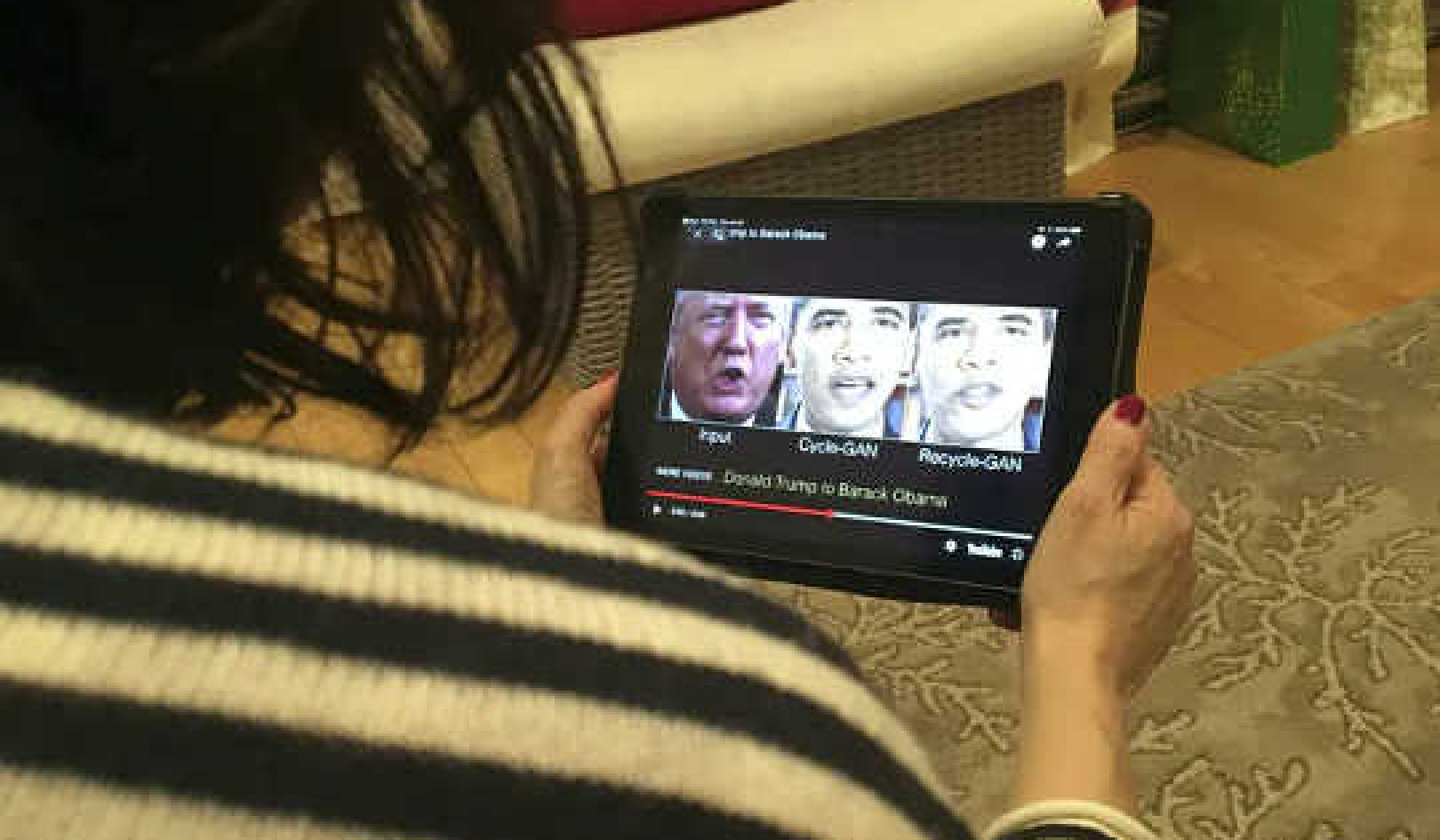
Image by Uwe Baumann
“I’ll never be perfect, but I won’t settle for anything less.”
— RAY HUNT, Horse Trainer and Clinician
From a very early age, I didn’t trust the norm. There was something about conformity that felt very unstable to me. I suppose my heart was such an active part of my perception that yielding it to someone else’s opinion did not seem to be a viable option.
I witnessed people giving up their lives in jobs they hated. I heard countless conversations that included sacrifice: “You must work hard and invest to be happy later.” Working hard was never a problem for me, but working hard at something I hated seemed completely counter-intuitive. I watched people lose their lives to shoulds and shouldnots. It seemed the world was full of caverns of lost souls, created through conformity.
I have seen this countless times in life: all too often we think we have to sacrifice a part of ourselves to have success when what we really must sacrifice is conformity. The greatest thinkers, the greatest athletes, and the greatest leaders of all time sacrificed conformity.
Trying To Fit In and Selling Ourselves Short In Conformity
When we take the world’s opinion over our own, we’re not seeing from a clear and personal perspective. We can start to question ourselves and then take on the outlook of others. Quite often what works for them doesn’t quite fit for us, but we use it anyway.
Trying to fit in can be a limiting action; it can confine us. We sometimes sell ourselves short in conformity. If we give up authenticity, we may look back on our life with a lot of regret and even wonder how we got here. We question our life, because, well, it really isn’t our life we are living.
Through it all we may roll along in comfortable mediocrity, but still, there is something missing. What’s missing is the opportunity to live the life we were meant to live. We can get to where we don’t even recognize our own strengths anymore. We atrophy.
There is an infinite will in us all that bears the question, Who am I really? This will, regardless of how concealed it is, is our true heart’s content. It is inspired action waiting to be lived.
Inspired Action Comes From Our Authentic Consciousness
Inspired action comes from within our authentic consciousness. Conformity does have its usefulness. It can lead us to the start of our own awakening, if we utilize it.
Ray was a master at seeing the effectiveness in using conformity to gain interdependence. He said, “I want them to do my thing their way.” This is it — a fabulous example of how to be on this earth but not of it. Ray worked the line between mind and heart.
When we learn to do what this world asks of us authentically, we do “their thing” our way. Freedom is what’s important to a conscious being — freedom to be. Authenticity is what feeds our sense of freedom.
My life changed dramatically when I trusted my will instead of following my fear. When I moved away from Bear Canyon, I left behind the paradigms I had acquired from the world as I grew. I believed in myself, and I was willing to see the habits that kept me from the life I truly wanted.
As I walked away from alcohol, cigarettes, and regrets, I walked into a brand new world. A world I created from love, not from fear. I began letting go of fears about money. It seemed there was always just enough. My motto was “I do what I love, and the bills get paid,” and it was completely true.
It seemed that when I committed to my life, life became my ally. Gifts started showing up just when I needed them, from a roll of fencing to the house I lived in. My willingness opened the gate for my success.
This was just the beginning of learning about life. I had to first learn the importance of unlearning what the opinions of the world had taught me. I cleaned the slate for a fresh new start and wasn’t afraid to take it.
Freedom is what’s important to a conscious being — freedom to be.
Authenticity is what feeds our sense of freedom.
The Leading Edge
The tip of an aircraft wing contacting the air is called the leading edge. Our personal leading edge is our initial contact with the world. It says a lot about how we feel about ourselves. Are we true to ourselves, or do we project what we think people want?
Inspired action is our true, authentic course. I once said, if we were all transparent (so that everyone could see into our thoughts), wouldn’t we be more selective of the thoughts we claim as our own? The leading edge is our point of connection with the world at large.
I remember when I was a young woman my father would call me on the phone. One day during a conversation, I noticed that my voice changed dramatically while I was talking to him; I actually shapeshifted in his presence. I realized in that moment that I had spent my life trying to be a daughter worthy of his love. This “trying to be” conditioned me to be someone other than who I am.
Many years later, after my father’s death, I realized how very sad it was for us both that I had been afraid to be authentic. I began seeing a counselor, and shortly thereafter my mother also passed away. This was an eyeopening time in my life. I was no one’s daughter. By then I had done a lot of personal reflection and had years of practice being more authentic.
My counselor suggested I write my father a letter. Even though he had long since passed, it would be a way of clearing the slate. The letter would be my voice telling my father who I really am and how I wanted him to see me. In that letter I said, “I am so sorry I never let you know me.”
The relationship between father and daughter is a stimulant for emotion. This primordial bond can deeply impact every other relationship we have. When I became aware that I had unconsciously altered who I was around my father, I realized I felt very insecure. Inspiration and insecurity do not coexist. I felt my heart open as I recognized this unconscious habit. That significant obstacle, once recognized, produced an opening to my freedom.
Once, at a Tom Dorrance clinic, I heard a gal say, “My horse doesn’t like to be with the other horses, and he can’t stand to be away from them either.” How many times do we feel this kind of conflict within ourselves? We search for approval from others, yet often this approval is loaded. It is loaded because, if it’s given, it can be taken away.
Seeking approval actually gets in the way of our own acceptance. Relying on outside circumstances provokes insecurity. We can feel unsafe, both alone and with others. Just like we can’t make a horse feel secure, we have to introduce him to his own sense of security. Learning security for ourselves inspires our own consistent sense of wellbeing.
Who We Are At Our Core Is Worth Knowing
Perfect practice is realizing that who we are at our core is worth knowing. The leading edge is allowing our introduction to others to be both authentic and comfortable.
Ray taught us to be very aware of how we approach a horse. Our approach can often make or break our success. If we come storming up to a horse without any understanding, we’re apt to be met with quite a lot of resistance. It’s that way with a lot of things in life.
In working with horses there is a term called desensitizing. People use the process of exposing the horse to many unusual things so that the horse will gain confidence. But often people do too much exposing. They overexpose and then create the very thing they don’t want, which is fear.
Being authentic does not mean overexposing those around us to who we are. It means allowing our capacity for comfortable honesty to surface and expand. In the same way that it’s best to read a horse’s signals, we can also learn to be sensitive to the receptivity of others.
Finesse in relationships is an art — it’s easy to do too little or too much. I was assuming the worst from my father. I assumed he wouldn’t love me just the way I was. This was an unconscious opinion I held from childhood.
I was preventing a real relationship with my father based on the fear of his disapproval. I set myself up for failure. This was a strong fearbased habit that kept me from loving and being loved. Perfecting the leading edge is perfecting a communicative balance.
A Blend Of Authenticity, Compassion, and Acceptance
The leading edge of inspired action is a blend of authenticity, compassion, and acceptance. These attributes together form the basis of authentic relationships. Outgrowing our dependence on conformity frees our individuality.
I begin to see that my pain has purpose. It fosters growth and matures me. And the fact that there are no guarantees is actually a blessing. It means that our options and potential are limitless. Inspired action is how we express our unique purpose and relate to the world.
©2019 by Mary S. Corning. All Rights Reserved.
Publisher: Circle Around Publishing.
Article Source
Perfect Practice: A Philosophy for Living an Authentic and Transparent Life
by Mary S. Corning
 This book is meant as a seed. Its message offers inspiration for living an authentic and transparent life. As a resource for life, it unites what is seen as separate and heals what is wounded. Readers will learn how to transform: * Pain into purpose * Conflict into confidence * Fear into curiosity. These are the shifts we can make to build a better life and a better world in which to live.
This book is meant as a seed. Its message offers inspiration for living an authentic and transparent life. As a resource for life, it unites what is seen as separate and heals what is wounded. Readers will learn how to transform: * Pain into purpose * Conflict into confidence * Fear into curiosity. These are the shifts we can make to build a better life and a better world in which to live.
(Also available as a Kindle edition.)
Related Books
About the Author
 Mary S. Corning changes lives by defining the transformative power of pain. As a mentor, speaker, consultant, and writer, she clearly and compassionately models this process through her messages and stories. Mary extends her philosophy into the world of horses, where both people and horses benefit from realizing a different way to interpret challenge. www.maryscorning.com
Mary S. Corning changes lives by defining the transformative power of pain. As a mentor, speaker, consultant, and writer, she clearly and compassionately models this process through her messages and stories. Mary extends her philosophy into the world of horses, where both people and horses benefit from realizing a different way to interpret challenge. www.maryscorning.com

























